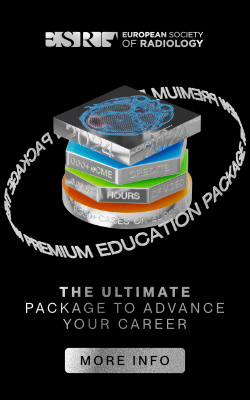Keywords:
Outcomes, Imaging sequences, Image compression, MR, Cardiovascular system, Cardiac
Authors:
B. Longere, L. Grenier, J. PAGNIEZ, V. Silvestri, A. Simeone, K. KASPRZAK, F. Pontana; Lille/FR
Methods and Materials
Thirty patients were enrolled. Each patient underwent (a) the reference retro-gated segmented steady-state free precession cine sequence (SSFPref), (b) the first generation real-time CSrt cine and (c) the segmented retro-gated prototype (CSrg) sequence providing the same number and positions of slices.
Image quality was assessed for the three sequences by using edge sharpness evaluation which is an estimate of the edge spread function. The latter is a robust and commonly used parameter in the field of objective and intrinsic image quality. Edge sharpness measurement method is illustrated in Fig. 1, Fig. 2 & Fig. 3.
Functional parameters quantification was performed on SSFPref and CSrg images sets on a dedicated clinical workstation. The same observer performed the CSrg quantification again one month later to assess intra-rater agreement. A second observer achieved the same task on CSrg images to evaluate inter-rater agreement.
Data are represented as mean ± standard deviation (SD) [95 % confidence interval]. CSrg edge sharpness was compared to SSFPref and CSrt with ANOVA. Functional parameters measured with SSFPref and CSrg were compared using paired Student's t-test. Bland-Altmann and linear regression analysis were used to assess variability between the two methods. Intra- and inter-rater agreements were assessed using intraclass correlation coefficient.




